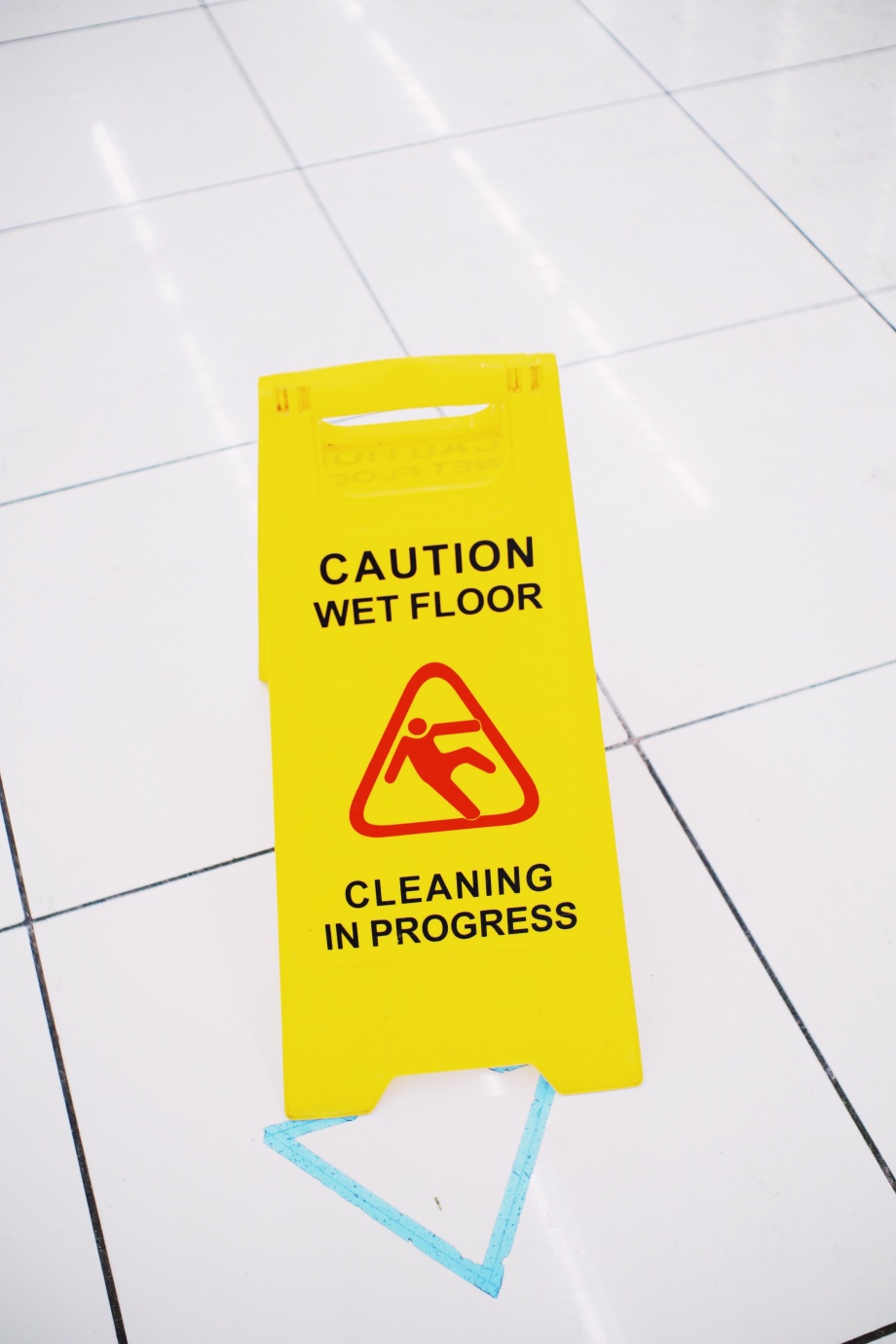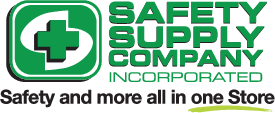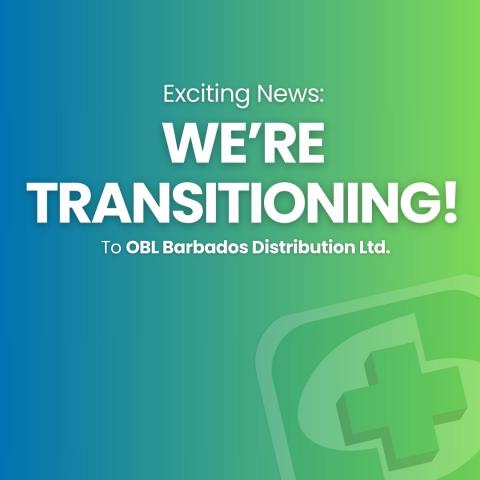Are Your Safety Signs Up To Code?

Safety signs are an important element to workplace (and general) safety. They serve as one of the first lines of defense in reducing risk by reminding staff and customers of potential dangers. Where there are busy and dangerous work conditions, signs are extremely important.
There are six major types of safety signs:
- Danger – these are signs that are needed near areas where there is an imminent risk of serious injury or death.
- Warning- signs needed in areas where there is a potential risk of serious injury or death.
- Caution- signs needed in areas with potential for injury.
- Emergency- signs needed in areas to highlight emergencies such as health (first aid station or eyewash) or emergency exits.
- Notice-for information that is important and non-hazardous. These signs are blue.
- Prohibitory- signage which informs individuals that they are prohibited from doing something, such as no entry signs.
Below, you can see a safety color coding chart, from Grainger KnowHow which represents the colour codes of both ANSI/NEMA Z535.1-2006 (R2017) and OSHA for safety signs:
COLOR | MEANING | APPLICATION |
Red | Danger | Safety cans and signs. |
Stop | Emergency stop bar or button on machinery. Identification of fire equipment. | |
Fluorescent Orange, | Biosafety | Labels and containers for blood and infectious waste. (Warning labels must be fluorescent orange or orange-red with the biosafety symbol in a contrasting color.) |
Yellow | Caution | Tripping, falling and striking hazards. “Flammable, Keep Fire Away” labels on cabinets. Safety cans and containers for explosives, corrosives, or unstable materials. |
Orange | Warning | Parts of machinery or energized equipment that may cut, crush, or otherwise injure. Inside of transmission guards for pulleys, gears, etc. |
Green | Safety | Location of first aid equipment. Location of safety equipment, respirators, safety showers, etc. |
Blue | Information | Signs and bulletin boards. Specific railroad warnings against starting, using, or moving equipment being repaired. |
Black, White, Yellow | Boundaries | Traffic or housekeeping markings. Stairways, directions, and borders. |
Magenta or Purple on Yellow | Radiation Caution | X-ray, alpha, beta, gamma, neutron, and proton radiation. |
*Source: Grainger KnowHow -https://www.grainger.com/know-how/safety/safety-communications/use-of-si...
Here are some tips to maximize the effectiveness of your signs:
- Signs should be placed in prominent areas, near the potential hazard and accurately represent the level of the threat- i.e the appropriate type of sign must be used in the right location and situation.
- When posting your signs, persons should be able to see the heading (or signal word-DANGER, CAUTION, etc.), and the content of the sign (the instructions) from at least five (5) feet away from the potential hazard. They need to be legible and at a size which a person of normal and/or corrected vision should be able from the recommended distance.
- Signs also need to be properly lit- this may include using reflective material for low light or night-time visibility.
- Choose an appropriate material for the location of the sign. For example, putting a sign on paper may not be a problem inside of an office, however, placing a paper sign outside where it may be subjected to rain or lose color from the sun will render the sign useless. Outside signs may be better suited to being printed on PVC or laminated.
- Avoid posting too many signs in a singular area as that can create visual clutter, resulting in confusion while reducing the effectiveness of your signage.
- The Safety Alert Symbol- which is an exclamation mark within a yellow triangle- usually precedes the heading of signs for Danger, Caution, or Warning.
- Symbols or pictures representing the safety message on the sign are encouraged to be used alongside the plain text as they can help to convey the message beyond restricting language barriers. For example, a sign with text indicating a wet floor can have an accompanying image of a figure slipping to illustrate the point.
- Always remember: keep your message direct and to the point, and never use complicated language.
In need of safety signs? Contact us at Safety Supply Co. to ensure you have the right safety signage for your company by calling 246.426.4935 or emailing info@safetysupplyco.com.
Blog Articles
Check out more articles
Why You Should Service Your Safety Equipment
Safety equipment serves as the frontline defense against workplace hazards, ensuring the well-being of employees and minimizing risks.
View MoreExciting News: We’re transitioning to OBL Barbados Distribution Ltd.
We hope this letter finds you well. We are writing to share an important update about our business that will bring positive changes and enhanced offerings to you.
View MoreBright Lights, Safe Nights: Holiday Fire Prevention Guide
The holiday season is a time of joy and togetherness, often accompanied by decorations, festive lights, and celebratory gatherings.
View More



